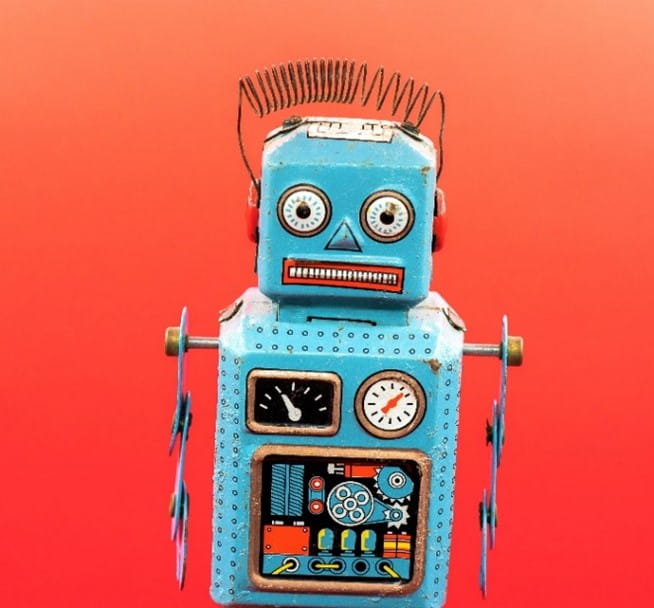 ©www.123rf.com
©www.123rf.com
The optimist – “The way I see it, things can’t get any better!”
The pessimist – “You know, I think you’re right.”
July … HOT! August … always HOT! And record temperatures around the globe are not the only things that are muy caliente. Once again, today’s markets show that there is nothing new under the currently blazing sun. This year, a small group of stocks has been on fire. Collectively known as ‘The Magnificent Seven’ (Alphabet, Amazon, Apple, Meta, Microsoft, NVIDIA, and Tesla), these names have propelled the S&P 500 to unexpected gains. And all in the face of recession fears, sticky core inflation, and a hawkish Fed that has raised short rates—lickety-split—from zero to 5%. The other 493 stocks in the index have, in aggregate, mostly matched the returns offered by low-risk money-market funds.
“Don’t confuse innovation with value creation.” – Travis McCourt
What gives? This year has seen an investing frenzy over artificial intelligence (AI) and its potential impact on productivity and earnings growth. After all, who wants to miss out on ‘the next big thing’? But market enthusiasts have apparently forgotten about ‘the last big thing’. Having been shot out of the saddle during the dot-com boom and bust (1998-2002), I feel like I’ve been here before. Yes, the tech and telecom revolution created all kinds of wonderful things—online search, streaming video, cheap communications with anyone, anywhere—and all accessible from a little device in one’s pocket or purse. But out of the dotcom mania, several T&T (tech and telecom) stocks later blew up like TNT (2,4,6-trinitrotoluene). To wit, a not so magnificent seven:
Worldcom - gone
Global Crossing - gone
Nortel Networks – gone
Cisco Systems – March 2000 buyers? Still under water.
Compaq – rescued by Hewlett Packard in 2002.
Lucent Technologies – saved by Alcatel in 2006.
Gateway – picked up by Acer, Inc. in 2007
“In the short run, the market is a voting machine but in the long run it is a weighing machine.” - Ben Graham
From one day till the next, narratives and psychology influence prices and anything can happen. A classic example: at one point during the Japanese asset-price bubble of 1986-1991, the land beneath the Imperial Palace in Tokyo was calculated to be worth more than all the land in California (here). This year’s leap of faith is ‘Magnificent Seven’ member NVIDIA, the semiconductor company that designs—but doesn’t produce—the chips that power AI processing. Note well … while the S&P 500 currently trades around 19 times earnings, Invidia is priced at 44 times revenues. Good luck with that.
“We are all prisoners of our own experiences.” - John Authers
And so, I confess—forty-two years in the business has made me a ‘yes, but’ guy in a ‘gee-whiz’ world. Yes, just like the rollout of the internet, the AI revolution is certainly a new frontier. But too many times I’ve seen that SpaceX ride to the stratosphere become an OceanGate voyage to the bottom of the sea. Going forward, I’m hoping my clients will be OK with a scenic river cruise that ends up somewhere sunny and safe … and not too hot!
Copyright © 2023 - Any opinions are those of James Aldendifer and not necessarily those of RJFS or Raymond James. The information contained in this report does not purport to be a complete description of the securities, markets, or developments referred to in this material. Investing involves risk and you may incur a profit or loss regardless of the strategy selected. Links are being provided for information purposes only. Raymond James is not affiliated with and does not endorse, authorize, or sponsor any of the listed websites or their respective sponsors. Raymond James is not responsible for the content of any website or the collection or use of information regarding any website’s users and/or members. The S&P500 is an unmanaged index of 500 widely held stocks that is generally considered representative of the U.S. stock market. Keep in mind that individuals cannot invest directly in any index, and index performance does not include transaction costs or other fees, which will affect actual investment performance. Individual investor’s results will vary. Part performance does not guarantee future results.